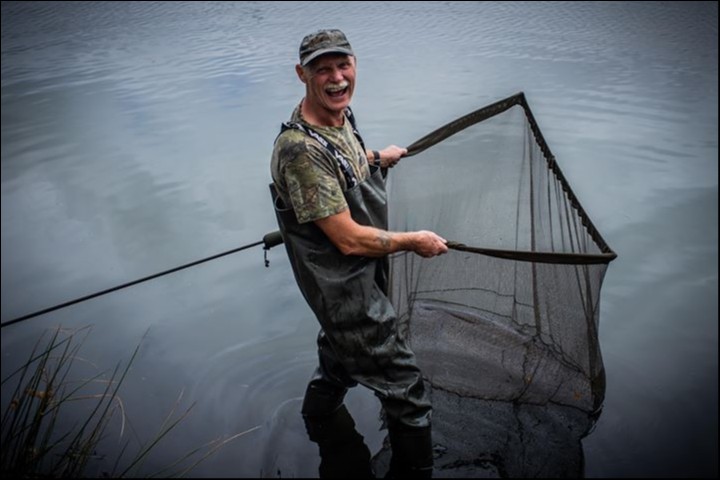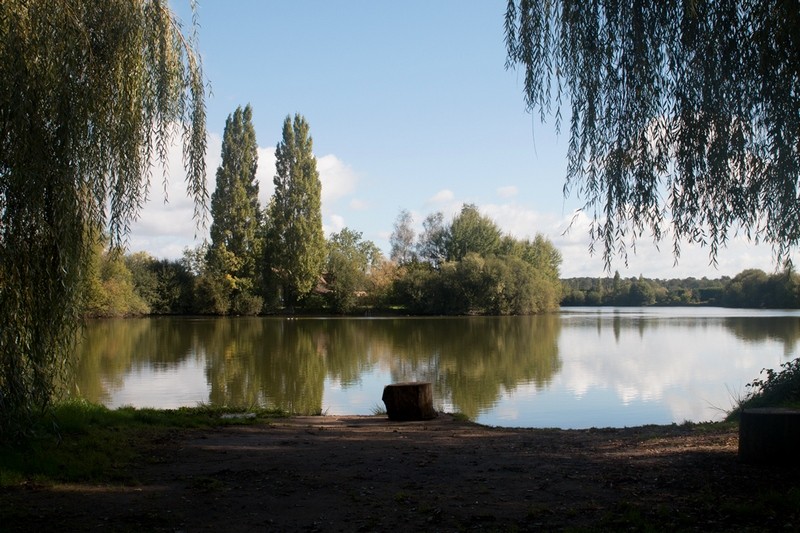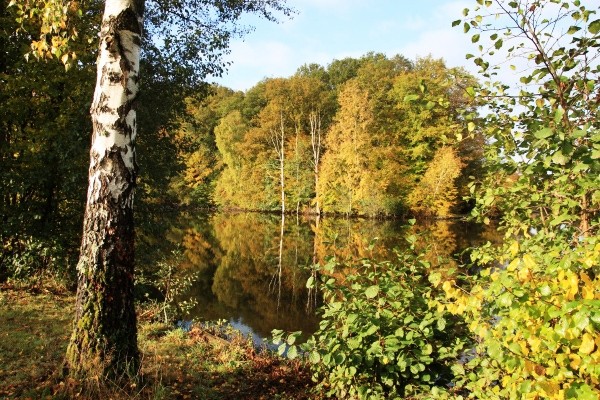We’ve come a long way since ‘Mr Crabtree Goes Fishing’ (or John Wilson’s ‘Go Fishing’, come to that). But have we traded cutting edge ‘angling innovation’ for common sense skills?
Fact is, today’s Pot Noodle (“just add water”) carp anglers can walk into the most modestly equipped tackle shop and walk out with pretty much everything they need to catch fish – from ready-made rigs to high attract boilies; bait boats and fish finders to glugs, goos and myriad gewgaws besides.
There is however one very important piece of the piscatorial puzzle that money can’t buy; a piece so important that its absence – even on the least challenging of carp ‘runs’ waters – will cost you fish.
To the Korda Generation it’s called watercraft. To old gits such as myself it’s known as: the b***in’ obvious.

To my mind, the traits and tropes that come naturally to anglers of a certain age – tread gently; keep your silhouette off the skyline; don’t yell at your mates on the far bank – seem to be lost on modern carpers.
As do the fundamentals of fish finding.
So often, I’ve stared down at the lake from my lonely garret (aka: caravan/office) watching, with undisguised awe, the six-stage set-up process favoured by so many day ticket anglers; to wit:
1. Choose a swim – preferably one that’s out of the wind, and close to the car park
2. Set up the bivvy, bed, sundry furniture (chair, storage system, table) and iPad
3. Cast a marker an achievable distance
4. Spomb a half-hundredweight of boilie in the general direction of said marker
5. Cast three rods, ensuring at least one is ‘there or thereabouts’
6. Reach for the bottle opener, corkscrew, rolling papers and/or Just Eat app…
No consideration for the topography of the lake bed. The prevailing conditions. Or the 30-odd carp that are busy head-and-shouldering at the far end of the pond.

Laroussi is a venue with a wealth of information available on the website to help you choose the best plan of action for your French carping trip
Hey ho. Chances are, if they’re in situ for a day or two, these camper-carpers may pick up a couple of fish by default.
And if they’re happy, hey ho: no judgement.
But if they really want to catch fish – consistently and in numbers – a little more thought is required.
Watercraft, in other words.
So what exactly is watercraft? And where can it be downloaded?
Well, alas… it can’t. Watercraft has to be learned and (heaven forefend) worked at.
It means developing an affinity for the angling environment; understanding the weather, and how it influences carp behaviour – what they do, where they go; when and why.
Often referred to as ‘reading the water’, it means getting to grips with the main features of the venue (both seen and unseen) – identifying the fish’s patrol routes, and where they might be tempted to feed on any given day, taking into account the prevailing weather (in particular the wind), pressure (air and angler!) and other variables.
Watercraft Hack #1
Carp generally follow newish, warmer – particularly, south-westerly – winds; remaining ‘on the back’ of colder north-easterlies. Given this, a good starting point is to install a compass app on your phone – and head for the northeast corner of the new venue.
Pressure too is key.
Low air pressure (anything below 1000 mb) will usually bring with it cloud cover and wind, pushing the carp down in the water – hopefully onto your baited area.
By contrast, high air pressure generally means clear skies – sunny days and chilly, starry nights – with the carp more likely to remain in the upper layers.
So, a barometer should also form part of your armoury.
Watercraft Hack #2
Carp, especially in pressured waters, will seek the safety of the snags, where they can feed in confidence.
Margins are always worthy of investigation, providing natural ‘roadways’ round the lake (not to mention a great source of food, in the form of anglers’ discarded hookbaits). As are islands: natural ‘holding areas’ for carp, which combine safe zones –reed beds, pads and overhanging trees – with natural patrol routes, such as marginal shelves and bars.

These obvious above-the-water features are of course just the tip of the watercraft iceberg. Begging the question: what lies beneath? What should we be looking for when finally we reach for the marker – or increasingly these days the Deeper?
How do we identify those ‘spots within areas’ that are favoured by feeding fish?
Watercraft Hack #3
Gravel bars aren’t just used as patrol routes. The surrounding silt beds, to the front or back of the bar, can provide natural food larders. So, in open water – with an otherwise uniform lakebed – these areas are well worth targeting.
Indeed, the open water itself can be a feature on more pressured venues. If the centre of the lake is a long chuck – out of range of all but the most of accomplished of distance-casters – carp may consider it a safe haven when angling pressure is at its most intense.
So getting a few extra yards on the cast – fining down your mainline, upping your lead size, and adding a shock leader, so as to reach showing fish – can be a real edge.
Would that it were that simple. Alas, though you may see carp rolling en masse, it doesn’t necessarily follow that you’ve discovered a feeding spot; rather you may just have found an area in which they feel comfortable at a given time; a staging point en route to their preferred feeding spots.
Key to locating those feeding spots is to watch and learn; vigilant to the many giveaway signs such as bubbling, flat spots and cloudy water. And of course the aforementioned ‘head and shouldering which – accepted wisdom has it – is a sign of feeding carp clearing their gills.
Inevitably, this is a whole lot easier on more intimate carp ponds. So where better to hone your watercraft than on smaller venues; developing the skills and confidence to move on to bigger rese’s and gravel pits, where you cannot see the carp or lakebed so easily; and may thus be forced to depend on instinct borne of experience.
And experience is what it’s all about. For while it is true to say that a tiny minority of carp anglers, the likes of the much-missed Rod Hutchinson, are true Masters of the Black Art – intuitively aware of where the carp will be, and when – the rest of us can nonetheless take a leaf out of their book: simply by taking the time to look, listen… and learn.
Steve Calder

Comments